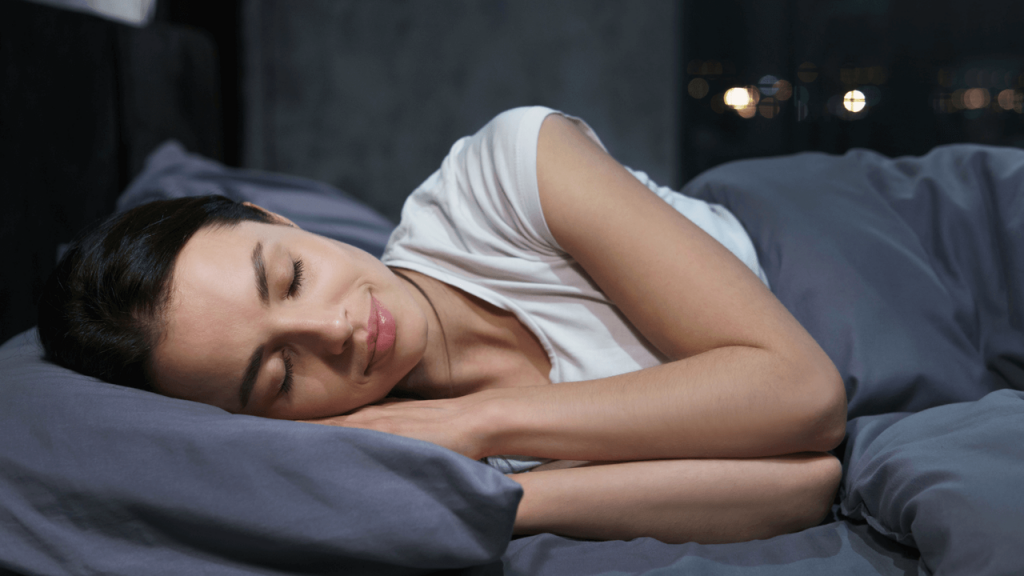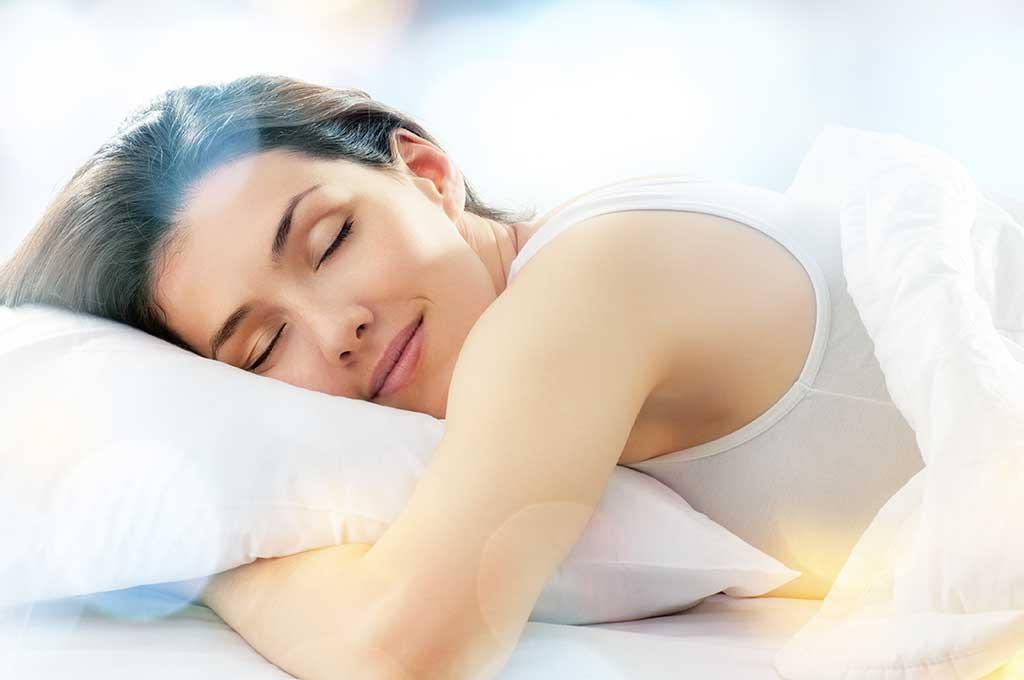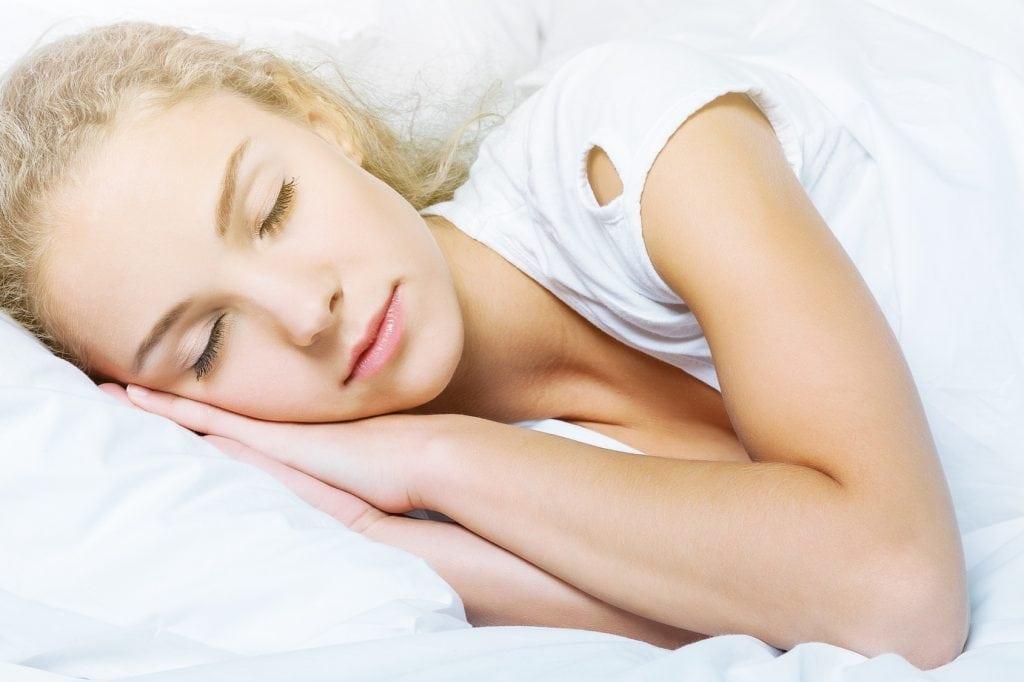Anxiety, sadness, exhaustion, and even sleep disorders have all seen significant advances in medical research in the last few decades, and massage treatment is now widely accepted. For us to be able to connect with each other and the world, there must be a foundation of touch in our lives.
That it has such a positive effect on relaxation and general wellness is not surprising. To address your question about whether evening massage is the secret to restful sleep or simply another false hope, we have done the research for you. Even whether you have insomnia, sadness, or any other sleep-related disorder, there is a good possibility that the therapy will assist.
You are reading: Massage Therapy for a Better Night’s Sleep. What You Need To Know
What is Massage Therapy?
How Does it Work to Relax You?
A massage isn’t a substitute for human relationships, and we don’t think it’s appropriate to have your emotional needs met at their offices. Touch or massage treatment may have the ability to relieve anxiety and give calming effects in a way that isn’t usually explained by scientific research.
Can Massage Help You Sleep?
There are two basic methods in which massage might aid promote sleep. The first method is to reduce stress. Stress has been shown to interfere with sleep, as well. By reducing cortisol (a stress hormone) and raising serotonin and dopamine, massage helps to alleviate stress (neurotransmitters that help to stabilize mood). Massage can help you sleep better by reducing stress and promoting relaxation.
Massage can also aid with sleep by relieving stress- and injury-related discomfort and tension. Chronic pain and sleep deprivation can create a vicious cycle of pain and sleep deprivation. There is a direct correlation between a lack of sleep and an increased likelihood of experiencing pain. It is possible that successful pain management can improve sleep. Many types of pain, including headaches, neck and back pain, arthritis and post-surgical pain, have been found to be alleviated by massage treatment.

Your mattress and pillows, as well as other aspects of your sleep, should be checked out to see if they can help you sleep better if you’re dealing with pain that keeps you awake at night.
Can Massage Help With Sleep Disorders?
Insomnia may benefit from massage therapy, but there is not enough evidence to support its use in treating other sleep problems.
Insomnia
Having trouble sleeping or staying asleep is known as insomnia. There are two types: acute (lasting a few days) and chronic (lasting a few months or more). Primary insomnia is a type of insomnia that does not have a known etiology. Secondary insomnia, in which the inability to sleep is linked to a specific ailment or illness, is a more common occurrence.
Treatment for primary insomnia with massage therapy has only a few studies to back it up. People with secondary insomnia, including menopause cancer, cancer caregiving and congestive heart failure have been found to benefit from massage therapy.
Other Sleep Disorders
Restless legs syndrome (RLS) and sleep apnea have been treated with massage, despite the fact that research on the effectiveness of massage for other sleep disorders is scant. If you have a sleep condition and are considering massage therapy, consult with your doctor first.
What Types of Massage Are Available?
Each form of massage has its own unique set of practices and goals. A sampling of massage techniques, as outlined in:
- Relaxing the muscles and improving circulation are the goals of a Swedish massage, which include kneading, stroking, and tapping.
- It is possible to improve range of motion by manipulating joints, ligaments, and muscles in addition to simply rubbing them.
- Deep Tissue Massage: Because the muscles are being stroked with hard pressure to relieve tension, a deep tissue massage might be unpleasant at times.
- Tight regions in the muscles are the focus of this sort of massage, which is called Trigger Point Therapy.
There are several factors to consider while looking for the best massage therapy method for your unique needs.
If you’re having trouble sleeping, massage treatment may be an option to consider. Pre-bedtime massage is a natural and non-invasive technique to ease your mind and body.
Types of Massage
Swedish
With this procedure, a lighter approach is used to focus on the superficial layers of muscle rather than the deeper tissue. Because it is less intense, this method is more likely to be calming, mainly due to the use of hands instead of other tools for massaging. Gale’s encyclopedia on alternative medicine says this method can improve joint range of motion by increasing circulation and relieving tension.
Shiatsu
Shiatsu, which translates as “finger pressure,” is a form of alternative medicine that includes applying pressure to certain places on the body known as “meridians.” This technique also referred to as acupressure, has been shown to improve lymphatic system performance by encouraging appropriate drainage and increasing blood flow.

In this alternative method, according to VeryWellHealth, barriers to the passage of “chi” or vital energy throughout the body are removed by pressing on meridians with the thumbs, fingers, elbows, and even knees.
Hot Rock
For more than 2,000 years, people have used hot rocks to heal many ailments, including skin conditions, arthritis, and more. Even while most massages focus on soft tissue manipulation, massage therapists may leave stones on for relaxation or utilize them in their hands to work out muscle tension.
A basalt rock known for its heat-retaining capabilities is commonly used in the treatment process. According to a Medical News Today article, these rocks can be placed on the back, stomach, face, hands, and even the feet. Some therapists may even use cold stones to reduce enlarged blood vessels and relax the skin after using hot stones, according to the report.
Sports Massage
However, the benefits of this practice are just as well-documented as those of other relaxation techniques. Athletic trainers, chiropractors, masseuses, physical therapists, and others in the medical field can all perform sports massages.
Preventing injury by warming up and stretching muscles manually before activity and performance is another purpose for this therapy method, which concentrates on injured or fatigued areas. Athletes may also benefit from the relaxing effects of this technique, which can help them focus and improve their mental state for performance purposes.
Pregnancy Massage
When it comes to studies on pregnancy and massage, some have shown that the treatment can help with depressive symptoms, relieve joint discomfort, and even help with delivery and the health of the newborn in some situations. According to the American Pregnancy Association, stress hormone production, heart and circulation health, and mood control in the mother all point to this technique as a helpful way to reduce the physical impacts of pregnancy and delivery.
APA-trained medical experts advise pregnant women to lie on their sides rather than on their stomachs because even with the stomach suspended below the table, inappropriate pressure or straining of abdominal ligaments can occur.
Can it Treat Insomnia?
Menopause, for example, is known to be a contributing factor to insomnia, and some research suggests that treating the condition may be an effective way to alleviate the symptoms while also improving one’s overall well-being.
There is some research that suggests massage can assist a newborn fall asleep if their sleep is disrupted by their parent’s insomnia. Before sleep, the Mayo Clinic recommends using baby oil to gently massage an infant’s legs and body. In certain studies, moderate muscle massage by a mother before bed can assist synchronize an infant’s circadian cycle, resulting in both short-term and long-term benefits.
How About Other Sleep Disorders?
Restless Leg Syndrome
RLS sufferers may find relief from their symptoms by taking a warm bath and rubbing their legs before going to bed, according to the Mayo Clinic. As stated in the article, this could make it easier for you to get some shut-eye in the evenings. You may have less anxiety and better sleep if you combine this technique with other relaxation techniques, such as stretching at the beginning and end of each day.
Sleep Apnea
Patients with Obstructive Sleep Apnea can benefit from Tui na, a traditional Chinese therapeutic massage also known as Tui na, according to a study conducted in Taiwan. According to the results of the research, people with this illness could benefit from the therapy in terms of their overall well-being, sleep, snoring, and excessive daytime sleepiness.
Narcolepsy
According to a study out of Toronto, massage may help people with Narcolepsy sleep better, fall asleep faster, and stay awake while they’re up. Patients who received 45-minute sessions weekly for five weeks reported improvements in all measures of sleep quality. Although the medication may not cure narcolepsy, the benefits may outweigh the risks.
Special Benefits of a Nighttime Massage
Using Massage to Improve Sleep
It’s the second piece in a series of articles about sleeping well. Your objective for better sleep can be achieved by using Natural Body Massage techniques. Our colleagues at Best Mattress Reviews have provided us with some information that you can read about down below.
The fact that massage can help you sleep better is helpful, but it might be difficult to put this into reality. ” Here are a few suggestions. Ideally, you’ll be able to find one that works for you.

Get Some Massages
Read more : Best Bed Fans and Bed Cooling Systems You Can Buy 07/2025
There are massage and chiropractic clinics in your area that can accommodate your schedule. Although it does not mention “Get a Massage,” it is important to note. This is due to the fact that the majority of research makes use of many massages. Despite the fact that one would likely be advantageous, your body has a lengthy history of poor sleep. To get you back to a good night’s sleep, regular massages may be necessary for some time.
It’s possible to pick from a wide variety of massages. Scandinavian languages are the most widely spoken in the Western Hemisphere. Long, smooth strokes, kneading, and circular motions are some of the techniques employed. A sports massage is similar to a traditional massage, but it is designed specifically for persons who routinely exercise or participate in a certain sport. This type of massage is a little tougher and aims to reach deeper layers of muscles that would otherwise go unnoticed by other types of massage. The goal of a trigger point massage is to relieve tension in the muscles at the site of pain.
In the end, you’ll feel calmer and sleep better as a result of all of this. Massages can be expensive and inconvenient if you have them too often.
Self-Massage
If you don’t have the time or money to visit a massage therapist on a regular basis, you can do basic massage techniques on yourself at home. For a fraction of the cost of a massage, these can provide the same benefits.
Massage of the soles of the feet through the practice of reflexology. To boost wellness throughout the body, rubbing the bottom of your foot has been discovered to have up to 15,000 nerve endings. Even while various regions of the foot appear to be linked to specific body parts, massaging the sole of the foot as a whole can also provide relaxation.
- You can begin your foot massage by squeezing or pushing your foot in a way that makes you feel comfortable. If rolling the bottom of your foot with a lacrosse or golf ball feels nice to you, go ahead and do that. Give yourself some extra time to work on the area of your foot just below the big toe ball. For 5 to 10 seconds at a time, press and hold this button.
- Melatonin production can be boosted by stroking the outside of your big toe. Relaxing your neck and shoulders by rubbing the toes’ ridges or your breathing by applying pressure to the ball of your foot are also effective methods. Massage each foot for 5-10 minutes before going to bed.
Head massage
Some portions of your body, such as your back, may be difficult to massage, but your head should be easy. There are acupressure sites on your head that can aid your sleep.
- Start by massaging the crown of your head in the center. This point is where two lines are drawn from the tops of both ears intersect. In this area, you can either push 100 ties all the way down or rub 100 times.
- Start at the point where your brows meet your nose and work your way up. Direct pressure can be used here, as well as little circular motions. Make at least 30 circles or press at least 30 knots.
- Finally, use a cotton swab to gently massage the area between your brows and immediately below your eyes. Sweeping motions are best here, so make sure to cover the entire brow in a single stroke. At least 20 repetitions of each eye should be attempted.
Face massage
The muscles in your face may be carrying more stress than you realize. When you rub your face, you’ll be able to relax and sleep better.
- This massage can begin anywhere on your face that feels tense. Your jaw muscles are the first place to start. Your fingers should be able to make little circles when you gently press into them. Massage any tightness you find in these muscles to see if you can find any.
- Move your focus to your temples. You don’t have to apply too much pressure on yourself here, but look for vulnerable areas and make soft circles over them. When the pressure subsides, you can exert more force.
- Massage your forehead to finish. From the bridge of your nose, you can either move straight up and down, or you can follow the arch of your eyebrows until you’ve covered your entire forehead.
Use the self-massage technique that works best for you. Learn them all since you never know when one will come in handy and when the other will. You should be able to sleep better in the near future.
Frequently Asked Questions
Can I get the same benefits at home?
A recent study conducted by Dr. Sayuri Naruse and Dr. Mark Moss of Northumbria University demonstrated that both providing and getting a massage reduced stress and enhanced well-being in both partners, even though neither party had any prior expertise in massage methods.
Do not be alarmed if, after you’ve given them a twenty-minute spa treatment, your partner only offers a two-minute token of appreciation. Your labor of love definitely helped them as well.
Are there any risks?
1. Do not pour hot oil directly onto the skin
Warming up a bowl of baby oil in the microwave may sound like a nice idea, but it’s probably best to use your hands to do the job. Avoid scalding your companion by making sure the oil isn’t too hot, and don’t pour it directly onto their skin.
2. Do not use a soft bed as a surface
The treatment should be administered on a mat on the floor or an otherwise hard surface if you or your spouse have back problems to avoid bowing or spinal misalignment. As long as you don’t put too much pressure on a firm bed, you should be fine.
3. Don’t crack their back
Most doctors and chiropractors recommend that you leave the back cracking to the pros unless you are a trained Chiropractor. For a short time, it may feel fantastic, but if done incorrectly, it can lead to greater back discomfort and tension.
This page is all about the benefits of massage therapy, however, we think it’s necessary to point out that some people should visit their doctors before beginning the procedure. The Mayo Clinic recommends getting a second opinion if you have a bleeding disorder or are using blood-thinning medicine, are recuperating from burns or invasive surgery, have osteoporosis, or any other serious medical conditions. We agree.
Which type is best for me?
Conclusion
Massage is a broad and diverse field, but that doesn’t mean it has to be perplexing. There are numerous health benefits associated with the therapy, as well as a plethora of people who swear by it, making it a terrific drug-free alternative for increasing your quality of sleep and reducing tension and anxiety.
For those of us who are exhausted and ready to give up, there is another reason to hope for a better night’s sleep. For those who suffer from chronic insomnia or are having trouble sleeping, this therapy may be the missing piece in their sleep routine.
Please consider giving this post a star rating.
Source: https://bestpillowsleepers.com
Category: Sleep Advisors






